Seaweed Bread Recipes (Dulse & Kelp) The Bread She Bakes
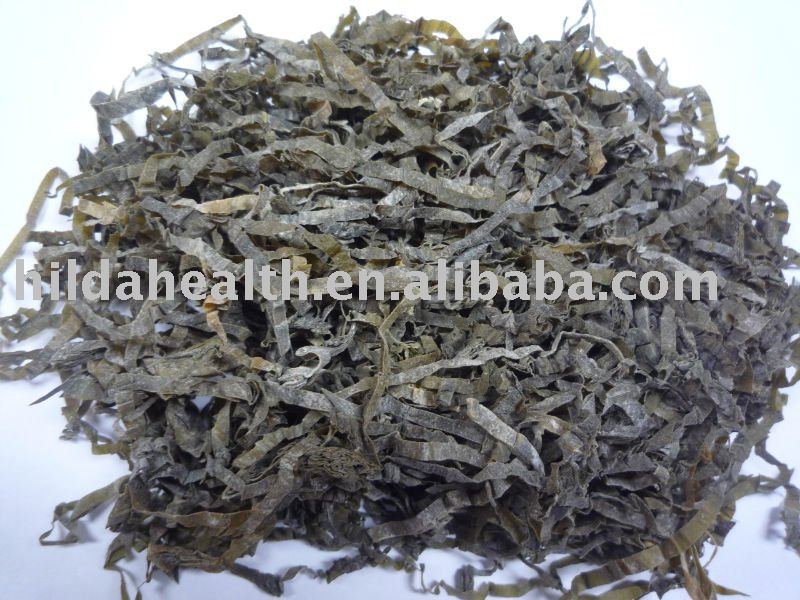
dried kombu leaf products,China dried kombu leaf supplier
Kroger: This store also carries kombu, namely dried kombu from brands such as Emerald Cove or Eden. Safeway: Safeway is yet another store where you're able to find several kelp varieties, namely dried kombu. Health Food Store: It's also likely that you're able to find many forms of kelp, including kombu, in local health food stores.
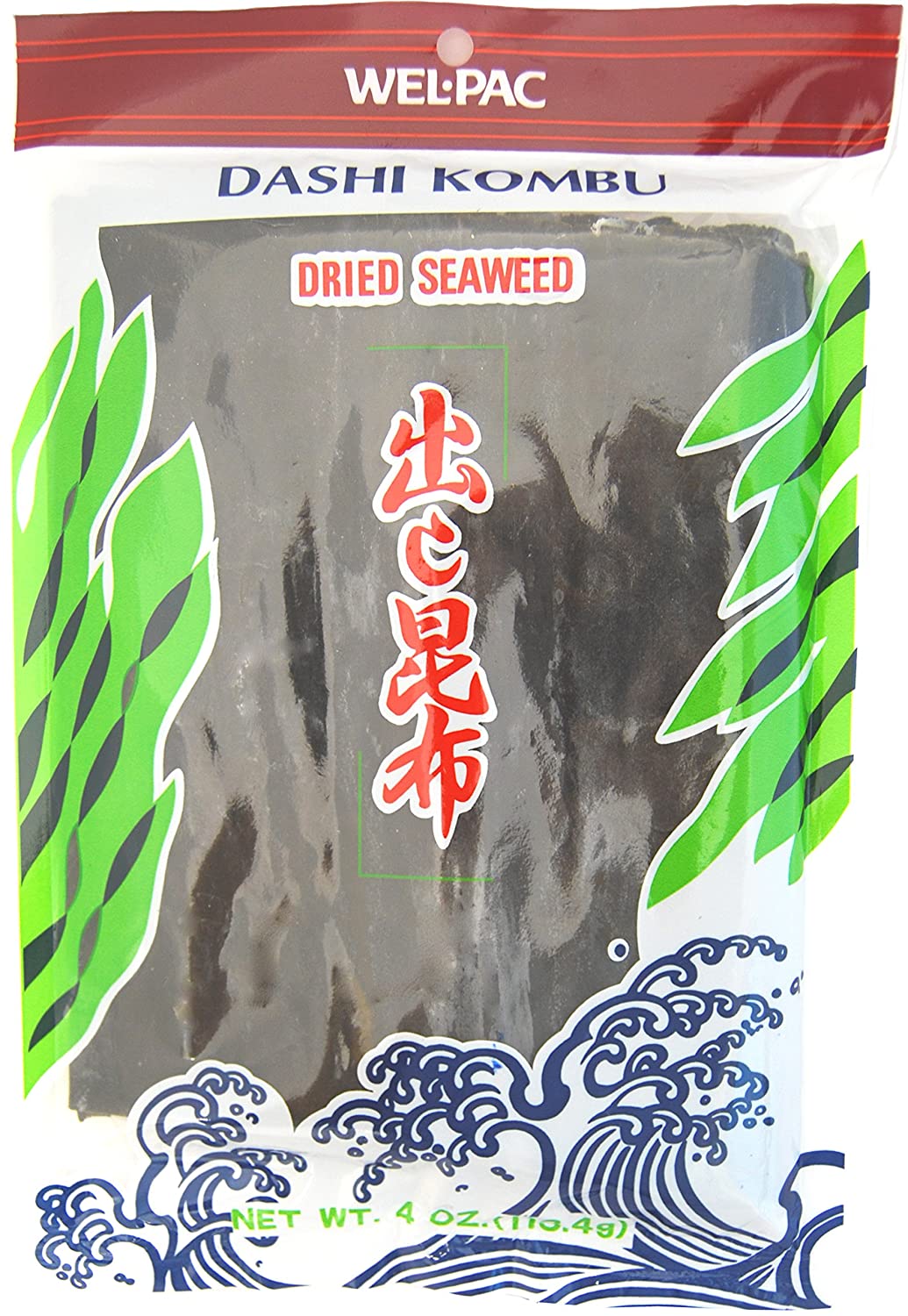
Dashi Konbu Dried Kelp 90cm 1kg Kai Gourmet
To make things easy for cooking at home, I simply blended salt and kombu in a food processor. (Salt 50g / 1.75oz + Kombu 4g / 0.15oz) * (This recipe is for small handy food processor. If you have normal size food processor, you might need to make a bigger batch to fill up the machine enough. Otherwise it might not blitz well) The result was.
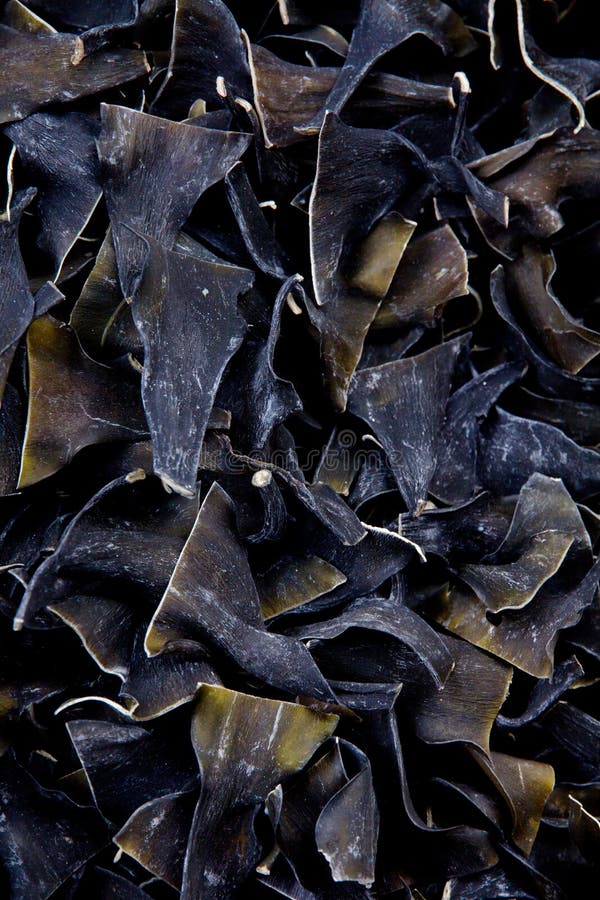
Raw Dried Kombu Kelp Seaweed Stock Image Image of vegetable, plant
A member of the kelp family, kombu is a seaweed that makes for a versatile pantry ingredient, providing dishes with umami flavor, nutrients, and minerals. While most kombu comes from Hokkaidō, Japan, it is also cultivated in Korea, where it is known as dashima, and China, where it is known as haidai. (Maine kelp is similar and can be substituted for kombu.) Dried kombu can be used to make.

Kombu Dried Seaweed ubicaciondepersonas.cdmx.gob.mx
Add the Simmering Broth to the pan, mix and cook until the sugar dissolves. Add kelp, mix and cook for about 5 minutes with a drop lid until the broth almost evaporates. If using aburaage instead of chikuwa, simply replace the ingredients and follow the same steps. Simmered Shredded Kelp goes so well with rice.

Dried Kombu, Type Sea Image & Photo (Free Trial) Bigstock
Nishime kombu refers to dried kelp specifically for eating. It's a flavorful ingredient that cooks quickly for nimono and oden. Nishime Kombu (煮しめ昆布) is dried kelp, also known as kombu. It is softer, less fibrous, and cooks quicker than the regular kombu used for dashi. Kombu is an auspicious ingredient and is used in celebratory.

Dried Kelp (Hidaka Kombu) 1kg
Korean Wild Kombu,Traditional Hand Harvested Dried Kelp 3.52oz - Dried Seaweed Kelp, DASHI, 100% Natural 3.52 Ounce 1 Pack, Product of Korea dummy Wakame Cut Dried Seaweed 2.5 Ounce By Shirakiku
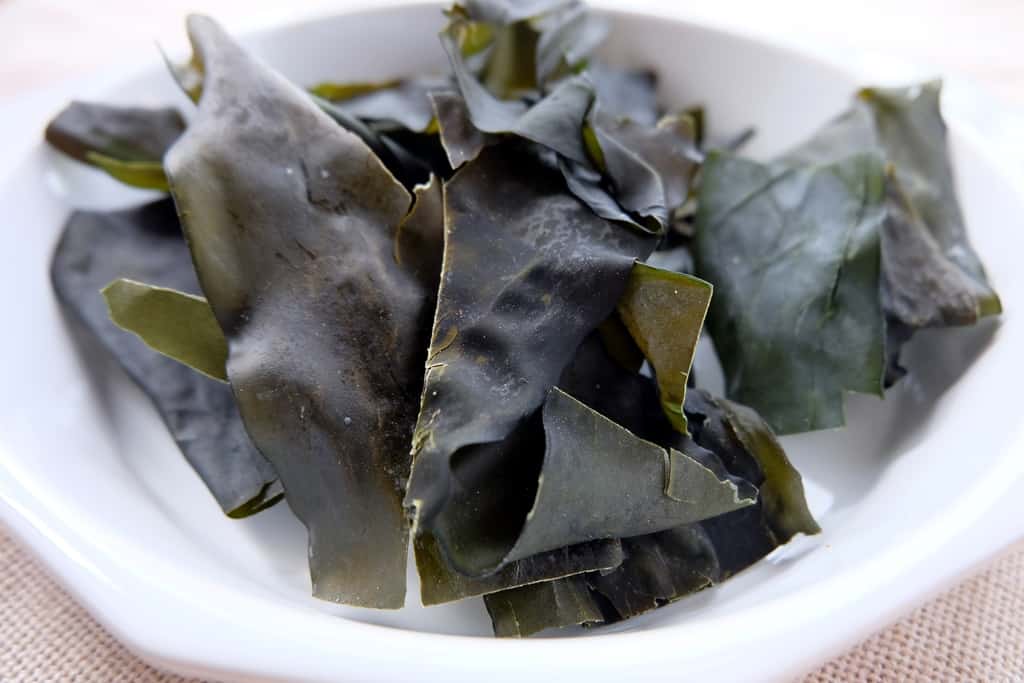
Seaweed Bread Recipes (Dulse & Kelp) The Bread She Bakes
Kombu is the Japanese word for kelp, most typically the Saccharina japonica species. (In Korean cooking , kelp is called dasima, and is an essential ingredient for making broth.) Kelp's powerful umami flavor is perhaps most prominent, and certainly most ubiquitous, in the savory broth called dashi, the foundation for Japanese cuisine.

Dried Kombu Stock Photo RoyaltyFree FreeImages
Kombu dashi is a kind of Japanese vegetarian stock.Kombu means kelp or seaweed, and this version of vegetarian stock is made from dried kelp or seaweed. It is suitable for nabe (one-pot dishes), nimono (simmered dishes), as well as sauces, such as ponzu, and soups like miso soup.As you will note, making kombu dashi couldn't be easier. All you need is water and kombu, and it takes well under an.

Dashi Kombu (Dried Kelp) Tetsujin C. Pacific Foods
Instructions. Soak the kombu: Combine the water and kombu in a 1-quart or larger saucepan and soak the kombu for at least 8 hours or overnight. Bring it to a boil: Place the saucepan over medium-high heat and bring to a simmer. Continue to simmer and then remove the kombu from the water just before it comes to a full boil. Add the mushrooms and.

Kombu
Kombu Dashi (昆布だし) is a Japanese soup stock made with kombu (昆布 dried kelp), dried kelp that is used extensively in Japanese, Korean, and Chinese cooking. In Korean, it is referred to as dasima (다시마), and in Chinese as haidai (海带). Kombu Dashi is vegetarian and vegan and the easiest dashi you can make. This sea vegetable.

WELPAC Dashi Kombu Dried Seaweed (Pack 1) Buy Online in United Arab
Kombu is dried edible sea kelp that is mainly used to make Dashi broth in Japanese cooking. It has a subtle but great savory taste (Umami) when it's boiled in water. Kombu should be rehydrated in cool water and then cooked to extract its Umami flavor. When rehydrated, it grows about 3 times in size. Kombu Dashi is good for clear soups and.
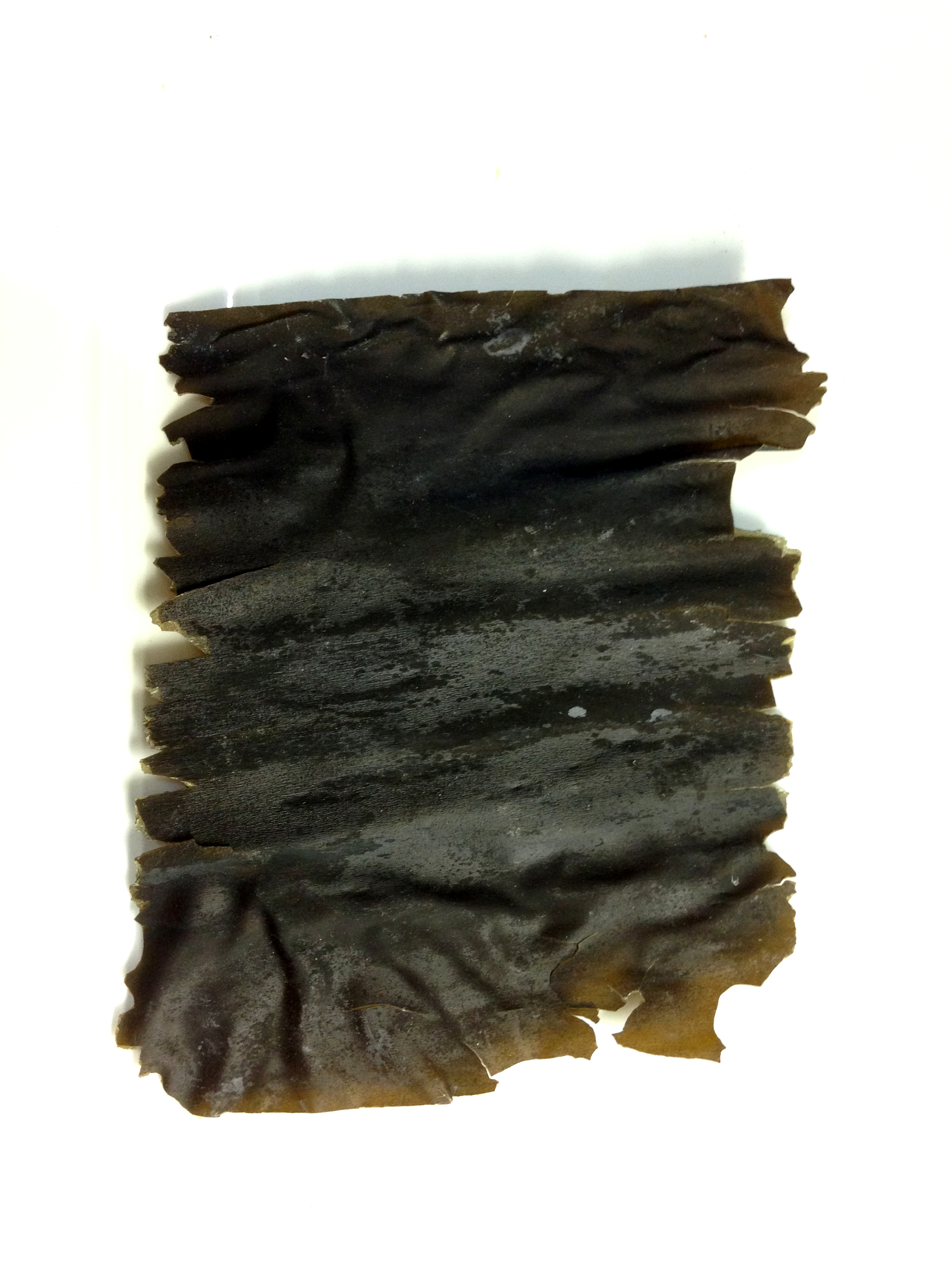
Japanese SweetSimmered Vegetables Flavorful Journeys
1 (4 oz.) pkg. nishime kombu (dried narrow seaweed), soaked in water, cut into 5-inch lengths; 2 (1/2 oz.) pkg. kanpyo (Japanese dried gourd strips), soaked in water; 1 large gobo (burdock root), peeled, thinly sliced, 2-inch matchsticks*; soaked in water until needed; 2 medium carrots, peeled, thinly sliced, 2-inch matchsticks*; 1 1/2 lbs. pork butt or boneless skinless chicken thighs, 1/2.

What is Kombu? (with pictures)
Kombu, dried bonito flakes, and dried shiitake mushrooms are like the holy trinity of Japanese umami flavors. Each contributes a unique essence - inosinic acid from bonito flakes, guanylic acid from shiitake, and glutamic acid from kombu. It's this glutamic acid that grants kombu its delightfully subtle and gentle flavor.

Kombu (Dried Kelp) Japanese Cooking 101
Kombu is kelp, an edible sea vegetable that belongs to a group of brown seaweeds called laminariaceae. Kombu is most commonly used to make dashi—a Japanese soup stock that has a delicate umami flavor (umami is sometimes referred to as the fifth taste). Kombu is one of the three most common seaweed varieties in Japan and is commonly grown in Japan and Korea.
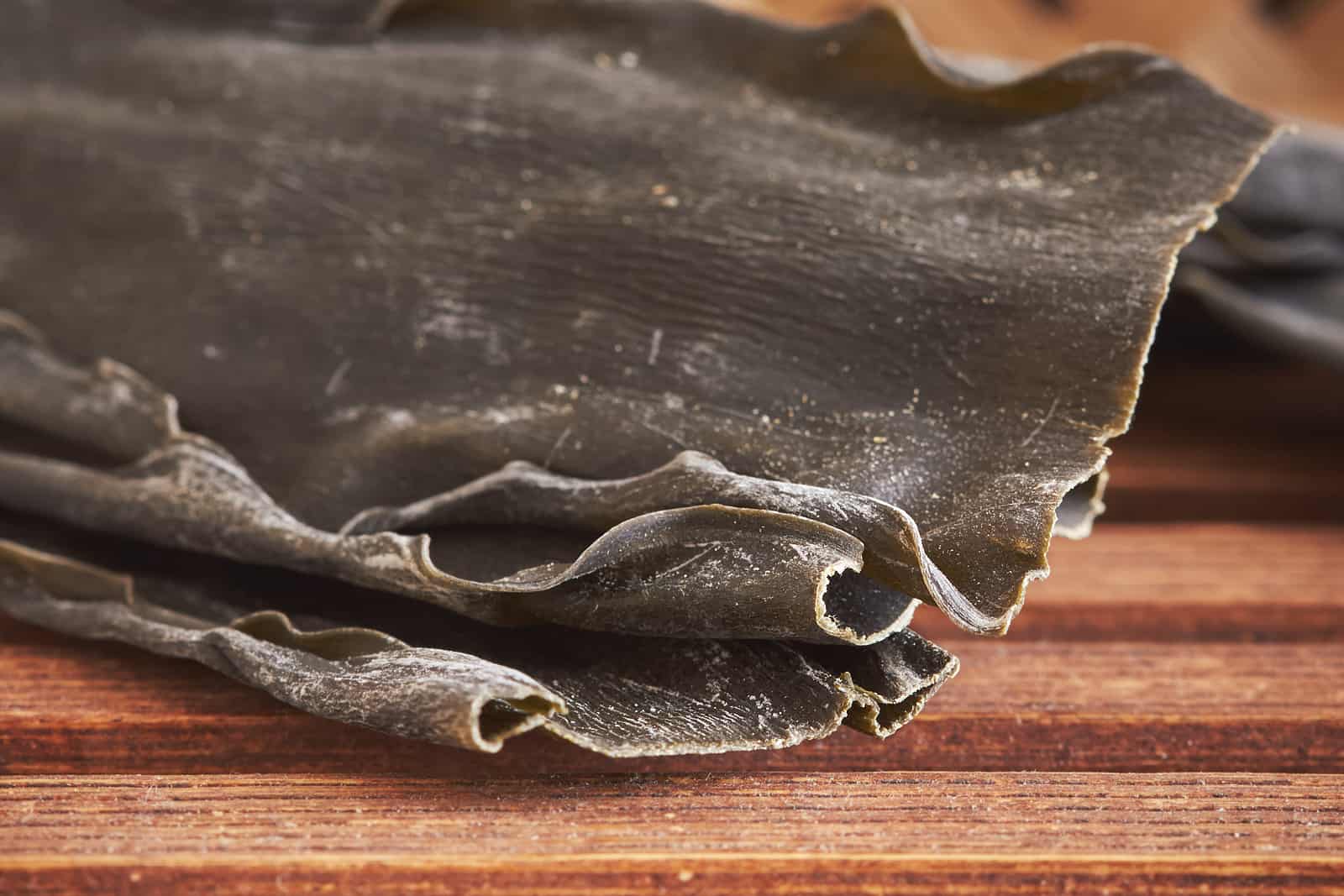
Closeup of dried kombu seaweed (Laminariaceae longissima) on wooden
Kombu—also called kelp, haidai and dashima —is a thick flat seaweed belonging to the brown algae family. The Japanese use kombu by steeping it in water to extract the natural umami essence to make dashi (Japanese soup stock), the foundation of many Japanese dishes. Hokkaido cultivates almost 95% of Japanese kombu in Japan as the sea kelp.

Dried Kombu Seaweed
Dried kombu Dried kombu sold in a Japanese supermarket. Konbu (from Japanese: 昆布, romanized: konbu or kombu) is edible kelp mostly from the family Laminariaceae and is widely eaten in East Asia. It may also be referred to as dasima (Korean: 다시마) or haidai (simplified Chinese: 海带; traditional Chinese: 海帶; pinyin: Hǎidài).. Kelp features in the diets of many civilizations.